CBD for Tendonitis
Estimated reading time: 16 minutes
- What Is Tendonitis?
- Types of Tendonitis
- Tendonitis: Does CBD help?
- Benefits of CBD Oil for Tendonitis
- CBD Reduces Inflammation
- CBD Mitigates Pain Signals
- How to Choose the Right CBD Product for Tendonitis
- How to Use CBD for Tendonitis
- How much CBD should I take for tendonitis?
- CBD Oil for Tendonitis? The final verdict
- The Real CBD oil for Tendonitis
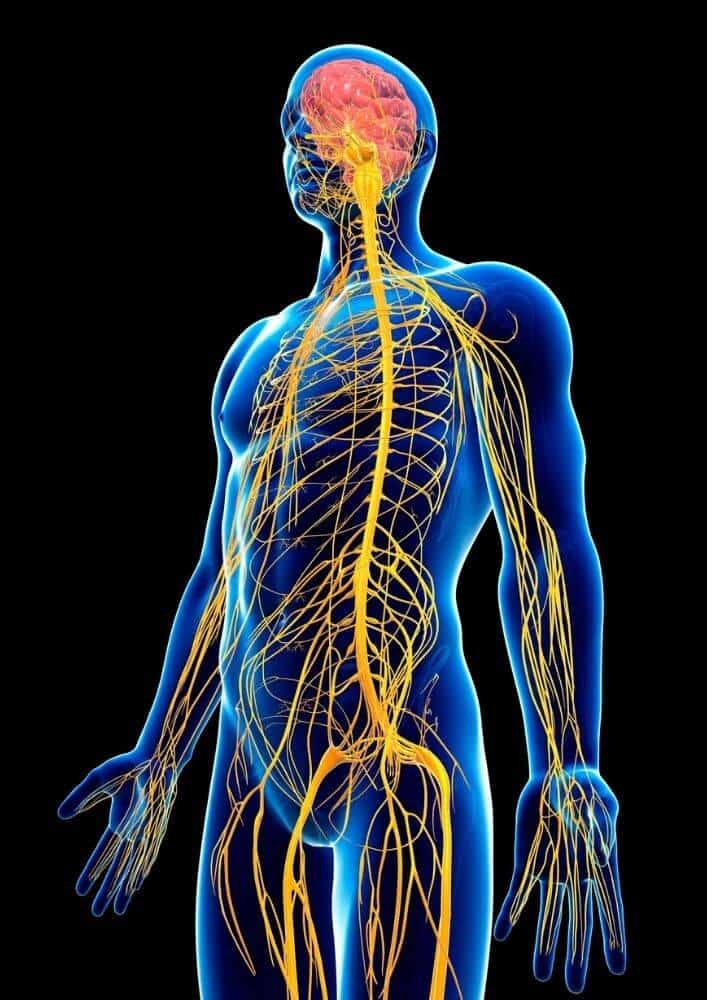
CBD has become very popular in the past few years. This is because it works so well at relieving pain and reducing inflammation. Many scientific studies and anecdotal reports from people who have used CBD have talked about these qualities. Praising CBD for being effective without the dangerous side effects that come with most painkillers, especially prescription ones.
Because of the CBD boom, a lot of options are available to help with different kinds of physical pain. Even professional sportspeople and athletes use it to treat pain, like tendonitis. This painful condition shows up as inflammation in the tendons, which are in charge of almost every movement in the body.
Tendonitis can be caused by overusing any muscle. The biggest risk factor is an intense physical activity like professional sports. Also heavy-duty jobs like construction work or mining. Tendonitis is more likely to happen to older people, and it can also be caused by health problems like diabetes or arthritis that were there before.
Here, we'll tell you everything you need to know about CBD for tendonitis and if it can help treat it.
What Is Tendonitis?
Tendonitis is a physical condition that happens when the tissues that connect the bone to the muscle become inflamed. It is a common sports injury that happens when tendons in a part of the body are overused or overloaded.
Most of the time, when doctors talk about overload, they mean a sudden increase in speed. For example, let's say you walk steadily for a while and then start running fast right away. When tendons are overused over and over, the tissue at the back of the lower leg can get swollen. This is called the Achilles tendon.
Overwork means that doing the same things over and over again, like lifting weights, can hurt the tendons in general. Especially the big ones in the arms and legs.
Tendonitis can also be caused by infections, deformities, or other health problems, like Haglund's deformity, gonorrhea, and diabetes.
Types of Tendonitis
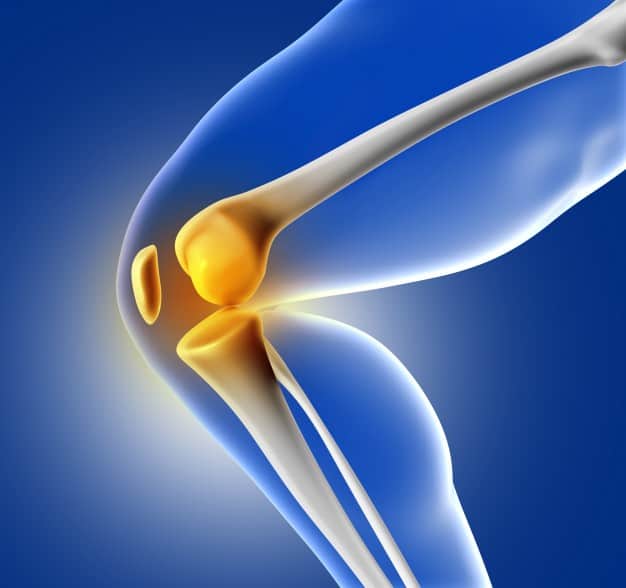
Tendonitis can affect different parts of the body in different ways, so it has different names. The shoulder, elbow, wrist, knee, and heel can all be affected.
The most common kinds of tendonitis are:
• Tennis elbow: Tennis elbow happens when the tendons on the outside of the elbow get inflamed. Pain may start in the forearm and spread to the wrist and fingers. This kind of tendonitis is common in tennis players, as the name suggests. It can also happen to plumbers, construction workers, painters, and artists who move their arms a lot.
• Achilles tendonitis: This type of tendonitis affects the Achilles tendon, which is the largest tendon in the body. When the tissue that connects the heel to the calf muscle is overworked, it makes the area swell and hurt. Achilles tendonitis is most likely to happen to runners. It can also happen to people whose speed suddenly picks up when they are running.
• Rotator cuff tendonitis, also called bicep tendonitis, is an inflammation of the bicep tendon. It causes pain in the shoulder. When someone has rotator cuff tendonitis, they often feel pain from their shoulder blades to the top of their arms. This type of tendonitis can be caused by stretching the arms a lot or lifting heavy things. Patients with this condition may have trouble falling asleep. Also reaching things that are above their heads or behind their backs.
• Golfer's elbow: This is caused by inflammation in the forearm. This makes the inside of the forearm and elbow swell up. The condition can be caused by a wide range of activities that involve repetitive hand movements. Such as throwing, gripping, swinging, and flexing.
Tendonitis: Does CBD help?
Most people can treat tendonitis with painkillers like ibuprofen, naproxen, and aspirin which can be bought without a prescription. Prescription drugs are rarely needed.

Even though nonsteroidal anti-inflammatory drugs (NSAIDs) are good for treating minor pain, taking too many of them at once can cause dangerous side effects like stomach bleeding or a heart attack. They also become less useful over time.
Corticosteroid drugs can also be used to treat tendonitis which is very bad. Pain is treated with these medicines. They are injected into athletes to relieve pain and swelling right away.
Now, corticosteroids are better at relieving pain than NSAIDs. Unfortunately, using them too often can weaken the tendons, which can make them less effective and cause even more damage.
Because of these things, more people are looking for natural, safer ways to treat tendonitis.
What do the studies show about CBD for Tendonitis?
Numerous studies have pointed to CBD as having potent anti-inflammatory properties. For example, one study has found that CBD can effectively help people manage arthritis pain, which affects the connective tissues like ligaments and tendons.
Another study has concluded that CBD oil has anti-inflammatory and immunomodulatory properties for rheumatoid conditions. The study has also stressed the low efficacy of traditional prescription painkillers. Drugs like opioids can even lead to uncontrolled rheumatic pain and worsen inflammation, which is the underlying cause of arthritis.
Researchers have found that CBD's effects on pain and inflammation are stronger when taken with THC, the other main cannabinoid in the cannabis plant.
CBD and THC have the same anti-inflammatory and painkilling effects as opioids, but they don't have any bad side effects and can't kill you if you take too much because they don't affect the part of the brainstem that controls breathing.
In 2020, CBD was approved for athletes by the World Anti-Doping Agency (WADA). The organization applied those changes in its updated World anti-Doping Code.
Benefits of CBD Oil for Tendonitis
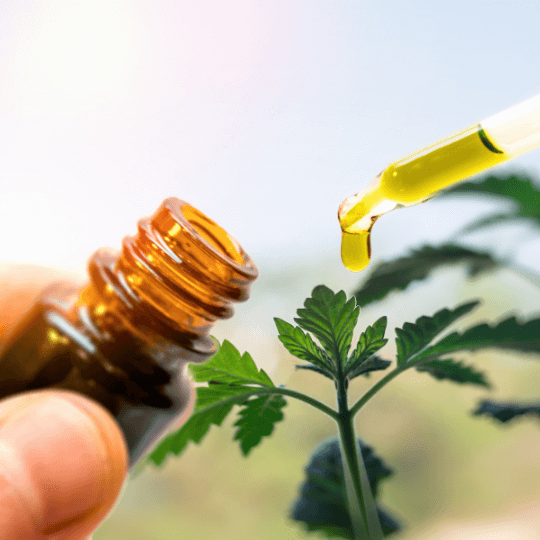
As was already said, tendonitis is when the tendons get swollen and hurt. Depending on how bad the injury is, symptoms can last anywhere from a few days to a few weeks. Most people with tendonitis get better in two to six weeks.
If you don't treat tendonitis, it can turn into tendinosis, which is a severe form of tendon degeneration that causes joint stiffness, chronic pain, and movement restrictions.
Tendinosis happens when tendons lose too much collagen because they are overworked and aren't getting enough time to heal. Collagen is the most common protein in the body. It gives the skin and bones strength, structure, and flexibility.
Tendinosis is harder to treat than tendonitis, and most people need three to six months to feel better. Stretching, massaging, shockwave therapy, or surgery are all ways to treat it.
People with severe tendinosis may wear temporary slings, splints, or braces on the affected area. When the damage is too bad, tendons sometimes need surgery to be put back in place and fixed.
Below, we'll show you proof that CBD can treat tendonitis and its symptoms.
CBD Reduces Inflammation
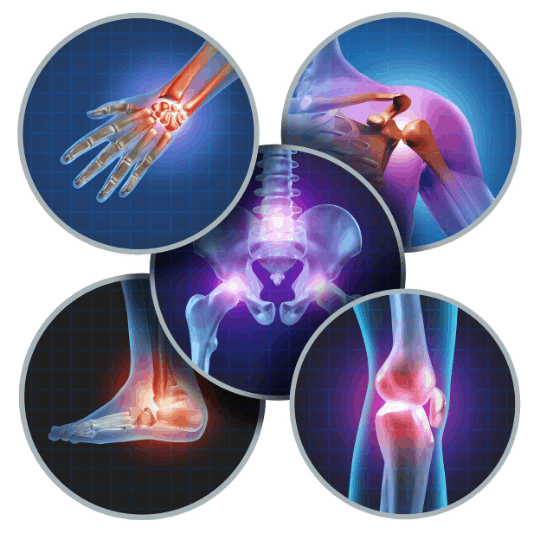
CBD and other cannabinoids that come from plants can change how the immune system responds to inflammation.
Inflammation is a natural process that happens when the body is hurt or when someone eats something that is bad for them.
CBD is very good at reducing inflammation. When CBD starts to interact with the endocannabinoid system, it stops macrophages from letting out cytokines.
Cytokines are proteins that cause inflammation, and macrophages are white blood cells that fight infections.
A study performed on rats showed that oral forms of CBD taken in subsequently higher doses have helped reduce inflammation on the subjects' paws. The paws were also less swollen after a few hours of administering CBD for the first time.
The authors of the study underlined the need for human clinical trials to confirm if CBD would provide the same results.
CBD Mitigates Pain Signals

As was already said, CBD interacts with the human endocannabinoid system (ECS), which is the main regulatory network that affects pain, among other things. CB1 and CB2 receptors are part of the ECS. There are many of these receptors all over the body, and they respond to molecules called endocannabinoids.
The Greek word “endo” means “from within,” which describes the cannabinoids that your body makes on its own. They look a lot like phytocannabinoids, which are chemicals made by cannabis plants.
Endocannabinoids
Endocannabinoids and phytocannabinoids keep the body's biological processes in a state called homeostasis, which is a state of balance. Homeostasis means that the body can control these processes on its own so that we can work well.
CBD increases the concentration of cannabinoids in the ECS in a roundabout way when it is taken sublingually or orally. This helps restore the lost balance and treats different kinds of pain, such as tendonitis. CBD won't get you high like its cousin THC does because it doesn't have any properties that make you feel high.
One study that looked at how CBD can be used to treat pain found that CBD oil can be a good alternative to prescription drugs with opioids. The people who did the study found that when people with chronic pain used CBD, they needed fewer opioids. The study also suggested that CBD could be a good alternative to traditional painkillers
Another study, conducted on rats, has found that topical use of CBD may reduce pain caused by rheumatoid arthritis. Although the results came from animal models, they may be relevant when replicated in humans, as all animals except for insects have the same ECS.
How to Choose the Right CBD Product for Tendonitis
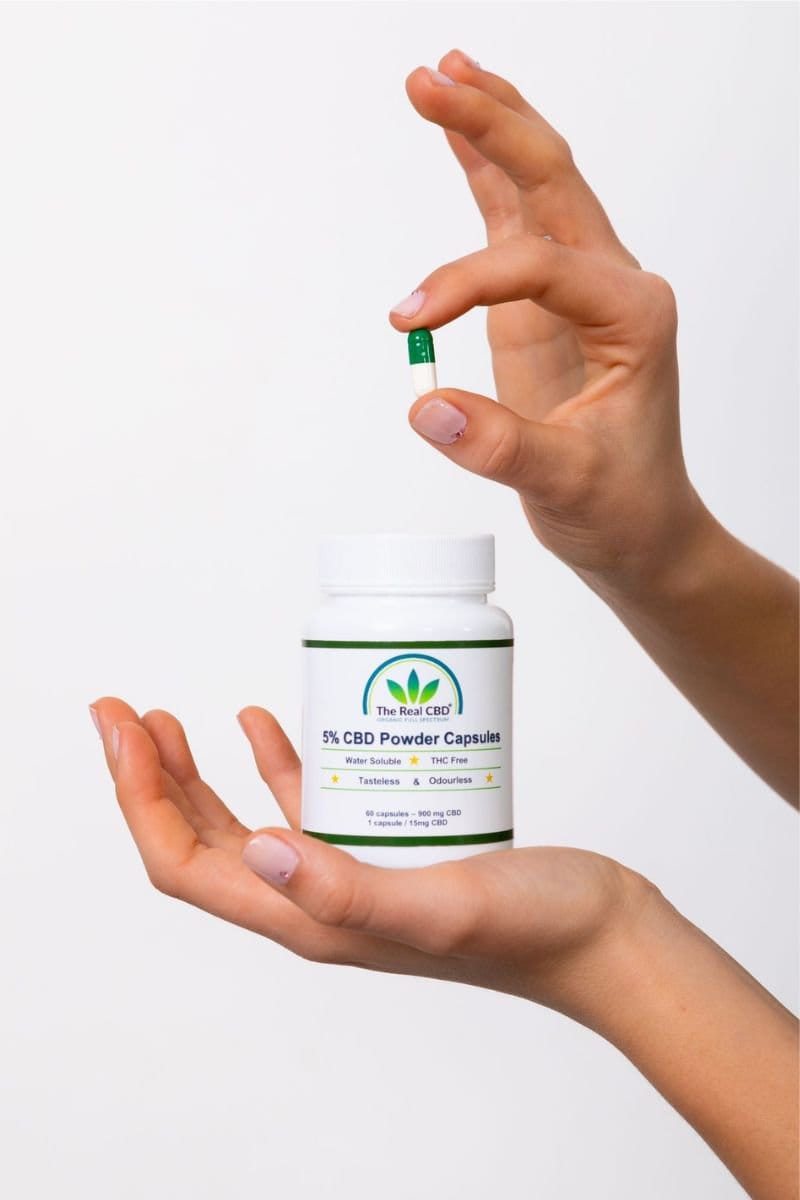
There are three types of CBD products: those with full-spectrum CBD, those with broad-spectrum CBD, and those with just CBD.
Full-spectrum CBD comes from the whole hemp plant and has all of the cannabinoids, even the small ones like terpenes and flavonoids. These molecules help your body use CBD better, so you can take lower doses and still feel the effects. Studies have shown that full-spectrum extracts are better at reducing pain and inflammation than isolates. The entourage effect is the name for this effect.
Broad-spectrum CBD extracts have all of these things, except for THC. After the first extraction, the cannabinoid that makes people feel high is usually taken out. They aren't as complete as their full-spectrum counterparts, but they still have some of the entourage effects.
CBD isolates are CBD by themselves. Chemical processes are used to get rid of all the other compounds. They don't have a smell or taste, which makes them more useful than the other forms. However, they don't have the entourage effect, which makes them less popular with consumers. But if you take a lot of CBD oil and have to take a THC test at work, isolates are your best bet.
Follow These Steps to Ensure You're Getting a High-Quality CBD Oil
- Choose CBD oil that was made with CO2. By far, the best way to get CBD oil is through CO2 extraction. This method doesn't use extra heat or dangerous solvents, so the products are always pure and potent, and the original plant's profile is kept.
- Try to find CBD oil made from non-GMO, organic hemp. Hemp plants are dynamic bio accumulators, so they will take in all of the good and bad things in the soil where they grow. This is a desirable trait in plants that clean soil, but it's a big no-no to use these plants to make CBD oil. So, choose products made from hemp that was grown in a clean environment and in a way that doesn't harm the environment.
- Only buy from reputable companies that have had their products tested by a third party. The only proof that your product is real is a Certificate of Analysis from a third-party lab. Third-party labs test how strong CBD is and look for common contaminants like pesticides, heavy metals, mycotoxins, and solvent residue in the product sample.
- Before buying CBD oil online, read what other people have said about it and what blogs are about it.
- Make an appointment with a doctor who has experience with cannabis use to figure out the right dose for you and learn about other ways to treat tendonitis.
More from our blog:
What is CBD? – Beginner's guide to taking CBD oil (Part 2)
What is CBD? – Beginner's guide to taking CBD oil (Part 1)
CBD Overdose: Can you take too much CBD?
CBD Withdrawal: Are there Symptoms?
How to Use CBD for Tendonitis
CBD comes in different forms so it can be used by different kinds of people. In addition to choosing the right potency for your tendonitis symptoms and the right spectrum for your product, you should also think about how you will take it.
CBD oil can be taken by mouth or put on the skin. Below, we show you how to use both forms to get the most out of them.
Tendonitis and CBD Oil
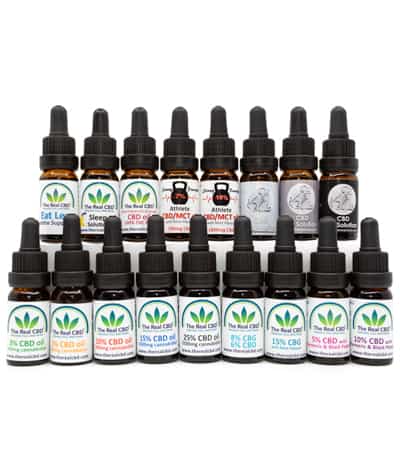
“CBD oil” is the name for drops that are put under the tongue and made with food-grade oils like hemp seed oil, coconut oil, or olive oil. Tinctures are a type of CBD oil that is made by using alcohol instead of carbon dioxide to extract the oil.
If you don't like how earthy natural CBD oil tastes, there are other ways to get it. CBD-infused capsules and edibles like CBD-infused gummies are becoming more and more popular because they are easy to use and easy to carry around. These products have a set amount of CBD per serving, which makes them better for people who are always on the go or who don't have much time to measure out their CBD.
Tendonitis CBD Cream
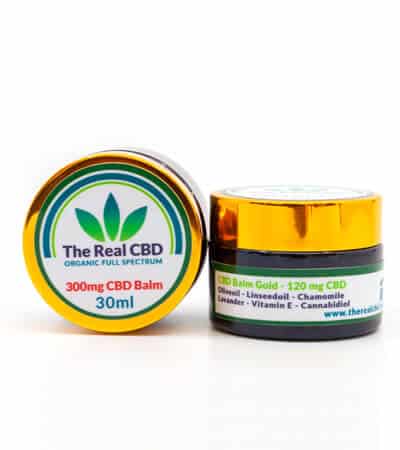
We recommend a cream or gel with CBD in it for tendons and muscles that are inflamed and swollen. Topical products are absorbed into the epidermis layer of the skin, where the CBD interacts with the cannabinoid receptors that control inflammation and pain perception.
There are different types and textures of CBD lotions and creams. CBD lotions have a base of water, while CBD salves have a base of oil. These two ingredients are usually mixed together in CBD creams.
Applying CBD cream to the area will help quickly, but only for a short time. After a few hours, you might need to rub another dose into the skin.
How much CBD should I take for tendonitis?
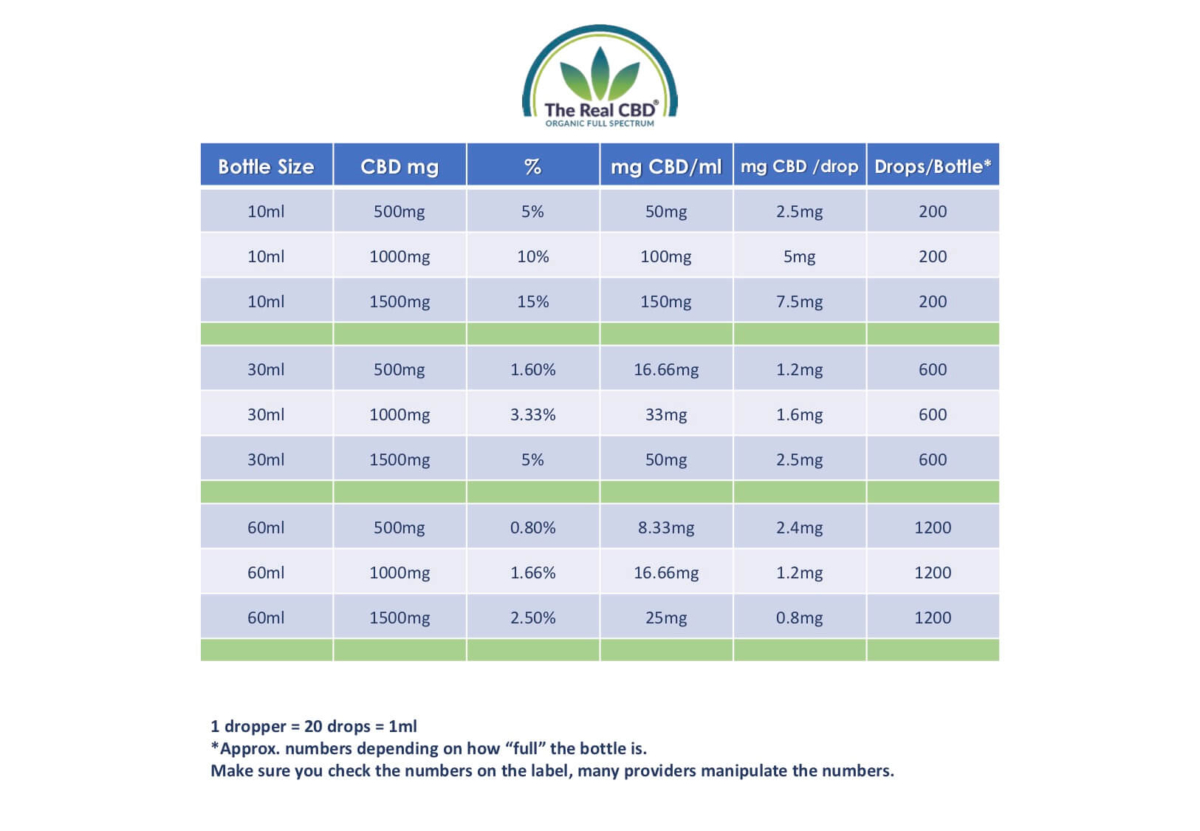
It can be hard to find the right dose for your tendonitis pain. CBD dosing needs to be done on an individual basis because everyone is different. We're not all the same age, gender, or weight, and we don't all have the same metabolism, so expecting a health supplement, even one as versatile as CBD, to have a single dose that works for everyone is a pipe dream.
The best way to keep the error part of trial and error to a minimum is to start with a low dose and slowly increase it if there aren't any clear signs of relief. Studies show that an effective dose of CBD for pain relief may be between 1 and 50 mg per day, with lower doses for mild pain and higher doses for severe, long-term pain.
Again, we recommend that you talk to a doctor who knows how to use CBD so that you can get the right dose for your tendonitis and avoid drug interactions.
Read more about CBD dosage here
CBD Oil for Tendonitis? The final verdict
When the tendons, which are the tissues that connect the bones and muscles, get inflamed, this is called tendonitis. It's a common problem for athletes and people who work in physical jobs that require them to move in the same way over and over again. This can cause tendons to become overused or overloaded.
CBD oil is one of the natural and safe ways to treat tendonitis. But no medicine or supplement can replace the time you spend giving your tendons a much-needed break. If your tendonitis doesn't get better after a few months, you may need surgery and physical therapy.
Even though there hasn't been a study on how well CBD oil works for tendonitis yet, research shows that CBD has strong anti-inflammatory and painkilling properties that can help with tendonitis pain.
CBD oil can be used as a tincture or as a topical if you need relief in a specific area. However, your weight, metabolism, and the severity of your symptoms should always be taken into account if you want to figure out the best form and amount of CBD for your condition.
FAQ – CBD for Tendonitis
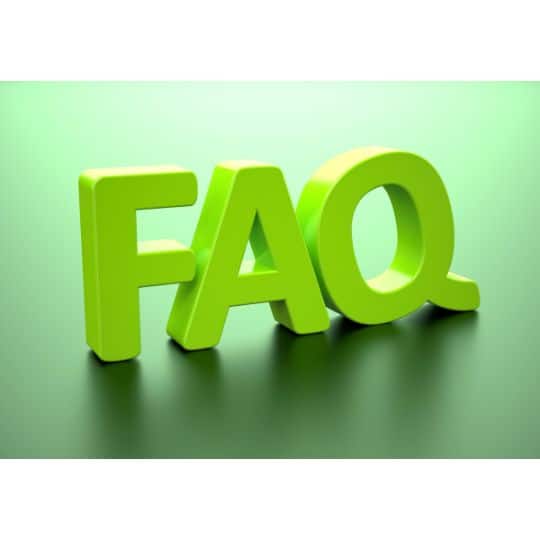
Yes, CBD may help manage tendonitis pain. It's believed that CBD interacts with the body's endocannabinoid system, which can help reduce inflammation and pain, including what's associated with tendonitis.
CBD can be used in various forms for tendonitis, including topicals like creams and salves applied directly to the affected area, oral tinctures, or capsules. Topical forms are particularly popular for localized pain relief.
The time CBD takes to work can vary depending on the form used and individual factors. Topicals can provide relief relatively quickly, within minutes to hours, while oral forms might take longer to feel the effects.
CBD is generally well-tolerated, but some people may experience side effects such as fatigue, changes in appetite, or digestive issues. It's always best to start with a low dose to see how your body reacts.
The Real CBD oil for Tendonitis
-
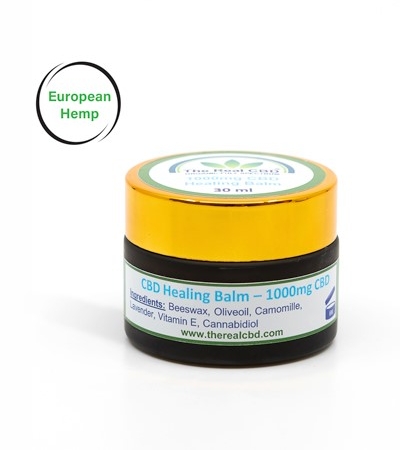 CBD Healing Balm 1000mg CBD€65.00
CBD Healing Balm 1000mg CBD€65.00 -
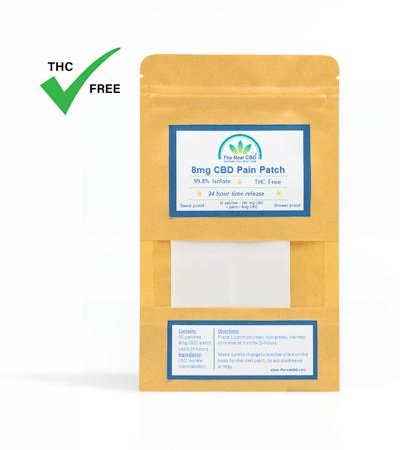 CBD Pain Patches 8mg€35.00
CBD Pain Patches 8mg€35.00 -
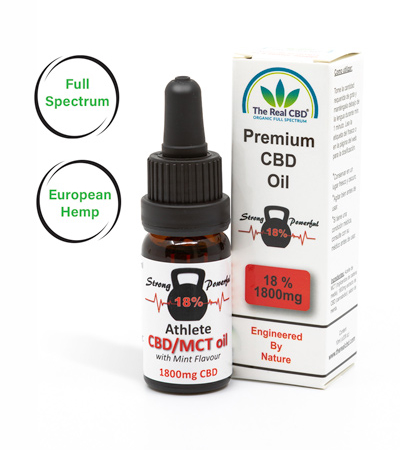 Athlete MCT/CBD oil 18%€90.00
Athlete MCT/CBD oil 18%€90.00 -
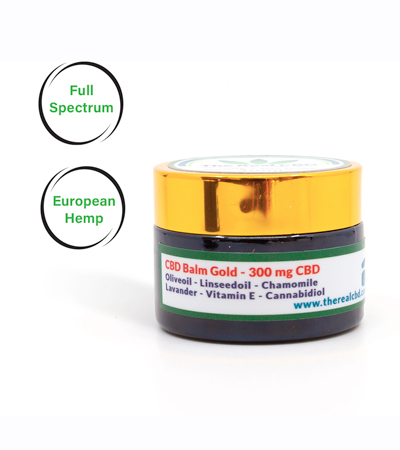 CBD Healing Balm 300mg CBD€35.00
CBD Healing Balm 300mg CBD€35.00 -
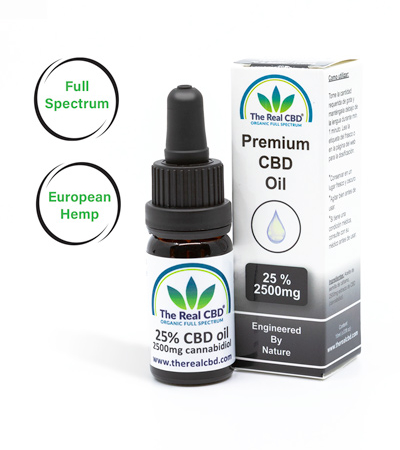 25% Pure CBD oil€139.00
25% Pure CBD oil€139.00 -
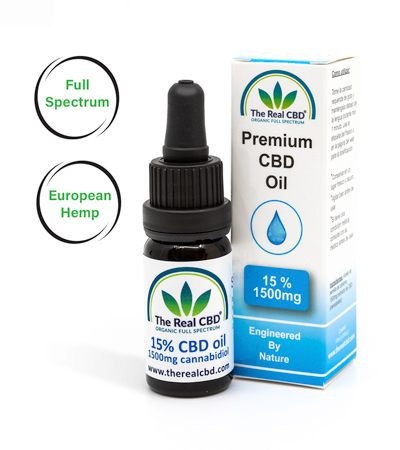 15% Pure CBD oil€80.00 – €85.00
15% Pure CBD oil€80.00 – €85.00

I am a certified expert in Medicinal Cannabis. We are all about giving correct and trustworthy information. We know how important it is to learn about CBD and cannabis, which is why we want to be your go-to source for trustworthy information. We help you improve your health by using our knowledge and experience as a starting point.

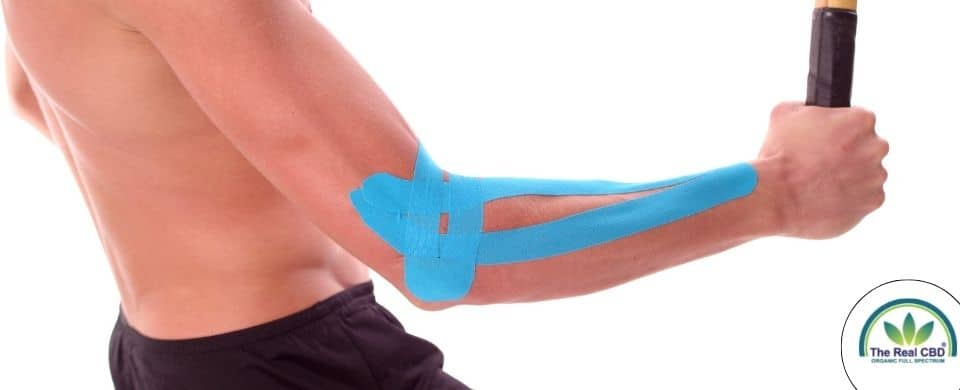




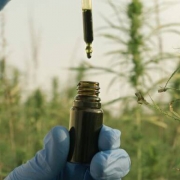
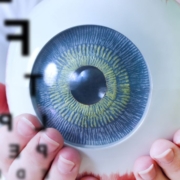

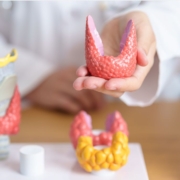




Leave a Reply
Want to join the discussion?Feel free to contribute!